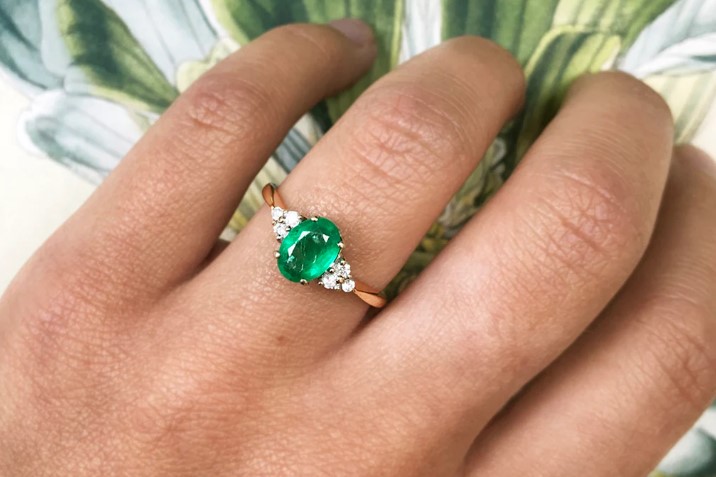

Anxiety conditions are prevalent psychological health conditions that influence approximately just one in 5 folks. They are characterized by varying degrees of nervousness, apprehension and panic, normally related with catastrophic thoughts about imagined or opportunity threats.
Stress is not only restricted to individuals, as researchers have observed similar behavioral designs in many animal species. These behaviors are now recognised to have an evolutionary perform, as they can help animals to avoid hurt and harmful cases, in the long run endorsing their survival.
In human beings, nevertheless, when these behavioral styles turn out to be dysregulated, they can be really disruptive, significantly impacting their quality of everyday living and day to day ordeals. Getting a superior knowing of panic and its neural underpinnings could thus have very valuable implications. Most notably, it may assist to devise more successful treatment method techniques that could improve the lives of the innumerable people today with stress and anxiety problems.
Scientists at Zhejiang College and other universities in China have just lately carried out a analyze on rats aimed at improved understanding the serotonergic pathways linked with distinctive nervous behaviors. Their conclusions, printed in Nature Neuroscience, propose that distinctive behavioral features of anxiousness could be supported by different serotonergic pathways primary to the amygdala, the brain location acknowledged to be connected with concern and emotional habits.
When under anxiety, mice typically exhibit two key anxiousness-like behavioral patterns, particularly that of avoiding interactions with other mice and hiding in the dark or avoiding light. In their experiments, the scientists examined what behaviors mice engaged in when different serotonergic pathways have been activated.
“We reveal that in mice, social and anxiogenic stimuli, respectively, maximize and lower serotonin (5-HT) stages in basal amygdala (BA),” Xiao-Dan Yu, Yu Zhu and their colleagues create in their paper. “In dorsal raphe nucleus (DRN), 5-HT∩vGluT3 neurons projecting to BA parvalbumin (DRN5-HT∩vGluT3-BAPV) and pyramidal (DRN5-HT∩vGluT3-BAPyr) neurons have unique intrinsic houses and gene expression and react to anxiogenic and social stimuli, respectively.
“Activation of DRN5-HT∩vGluT3→BAPV inhibits 5-HT release through GABAB receptors on serotonergic terminals in BA, inducing social avoidance and avoidance of vibrant areas. Activation of DRN5-HT∩vGluT3→BA neurons inhibits two subsets of BAPyr neurons by means of 5-HT1A receptors (HTR1A) and 5-HT1B receptors (HTR1B). Pharmacological inhibition of HTR1A and HTR1B in BA induces avoidance of brilliant spaces and social avoidance, respectively.”
Effectively, the scientists identified that when they activated different serotonergic pathways, both male and woman mice exhibited somewhat different stress-like behavioral patterns. Their final results highlight the value of distinct serotonergic pathways to the amygdala in the regulation of independent stress-related behaviors.
In the future, additional scientific studies on this topic could investigate potential gender variations in the expression of these serotonergic pathways even more, as earlier findings suggest that hormones involved with the ovarian cycle can have an effect on anxiety in women. In addition, the the latest function by Yu, Zhu and their colleagues could pave the way for extra investigate into the serotonergic pathways they examined, which could ensure or more unpack these results.
Xiao-Dan Yu et al, Distinct serotonergic pathways to the amygdala underlie independent behavioral capabilities of panic, Character Neuroscience (2022). DOI: 10.1038/s41593-022-01200-8
© 2022 Science X Network
Citation:
Different serotonergic pathways to the amygdala could underpin unique anxious behavioral patterns (2022, December 19)
retrieved 19 December 2022
from https://medicalxpress.com/information/2022-12-serotonergic-pathways-amygdala-underpin-unique.html
This doc is matter to copyright. Aside from any fair working for the purpose of private research or investigation, no
component might be reproduced without the created permission. The content material is offered for details uses only.





